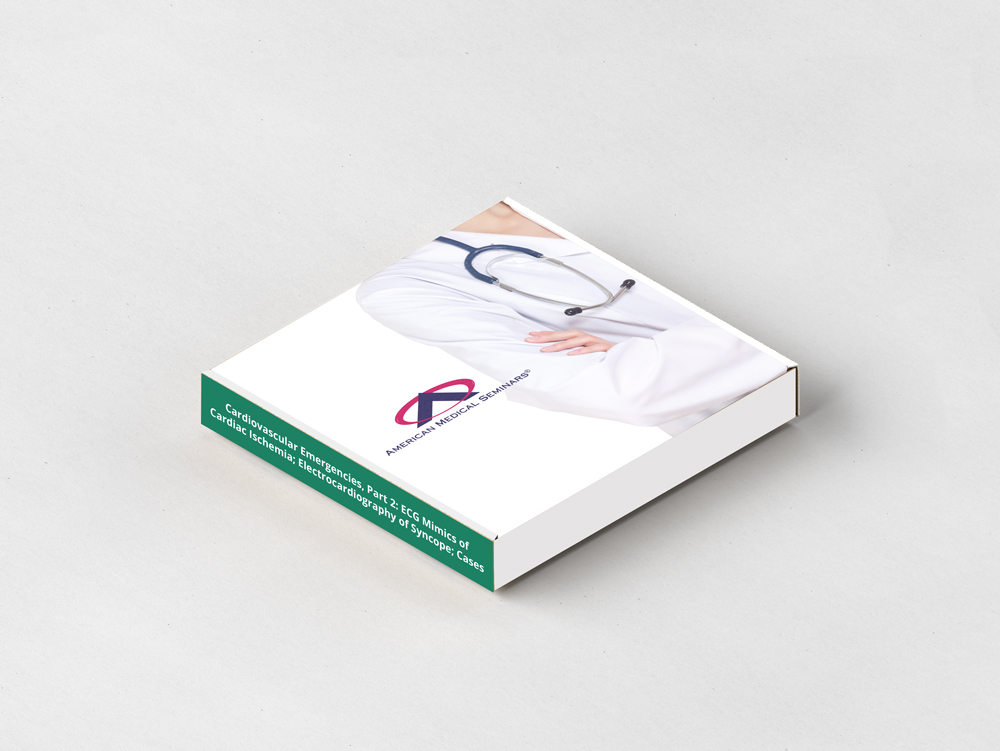Product Description
Title: Cardiovascular Emergencies, Part 2: ECG Mimics of Cardiac Ischemia; Electrocardiography of Syncope; Cases
Faculty: Amal Mattu, M.D., F.A.A.E.M., F.A.C.E.P.
Original Release Date: April 1, 2019 Expiration Date: July 1, 2021
TOPIC 1: ECG Mimics of Cardiac Ischemia Part I
Upon completion of this session, the participant should be able to: COMP
- Describe a simple method of distinguishing between STEMI vs. acute pericarditis.
- Distinguish between hyperkalemia and STEMI based on axis changes.
- Describe a T-wave finding in PE that mimics cardiac ischemia.
TOPIC 2: ECG Mimics of Cardiac Ischemia Part II
Upon completion of this session, the participant should be able to: COMP
- Describe a simple method of distinguishing between STEMI vs. acute pericarditis.
- Distinguish between hyperkalemia and STEMI based on axis changes.
- Describe a T-wave finding in PE that mimics cardiac ischemia.
TOPIC 3: Electrocardiography of Syncope.
Upon completion of this session, the participant should be able to: COMP
- List the deadly conditions which must be identified on ECG in the post-syncope patient.
- Describe two congenital conditions that predict deadly arrhythmias in the post-syncope patient.
- Identify two conditions that predict deadly arrhythmias based on assessment of the ECG intervals.
TOPIC 4: Cases That Went Bad: Learn From Our Mistakes!
Upon completion of this session, the participant should be able to: COMP
- Identify an ECG abnormality that predicts intracranial hemorrhage.
- Identify a dangerous condition based on voltage which is often misdiagnosed as ACS or PE.
- Identify an electrocardiographic T-wave abnormality that predicts significant coronary artery disease.
- The receipt for any incentive-associated purchase will designate the value of the gift card separately from the cost of the learning activity.
- This incentive may have implications on your tax reporting obligations. Any reimbursed amount must be declared as personal income for tax purposes.


